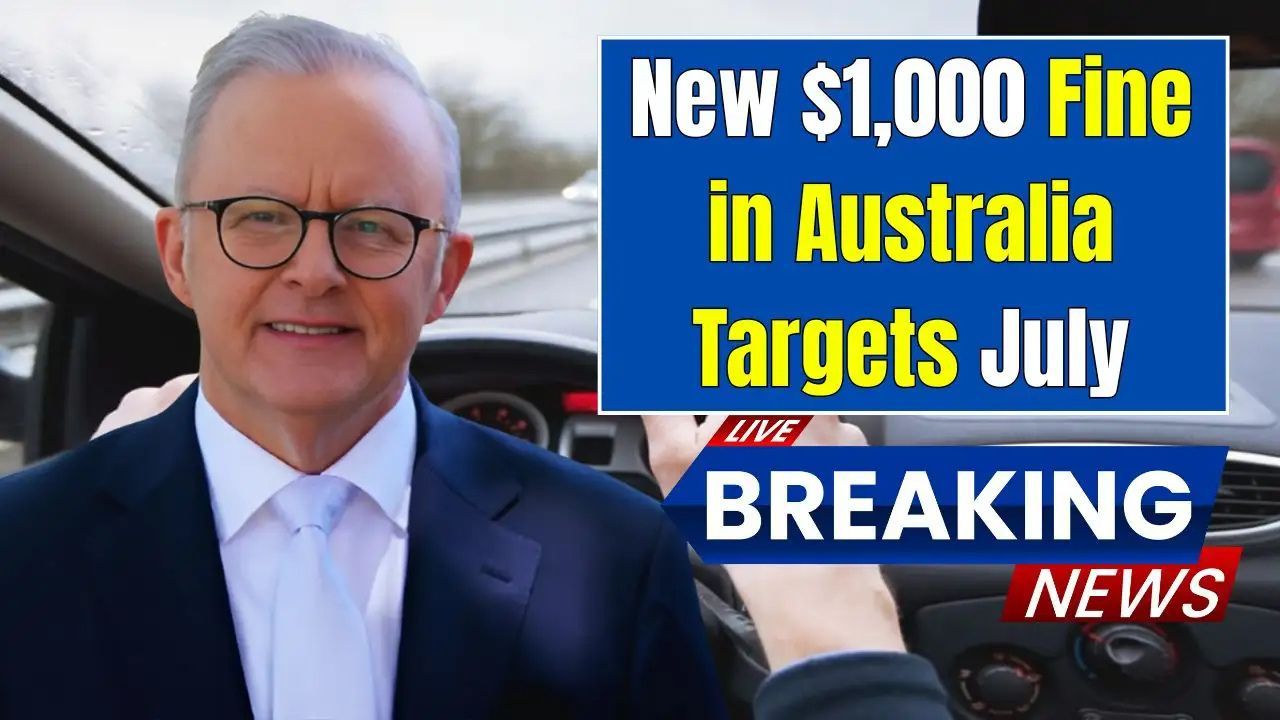In a significant move to enhance road safety and maintain law and order across all types of roadways, a new regulation has officially come into effect that imposes a $1,000 fine for traffic violations committed on private roads. This new law, which was recently passed and has now come into force, aims to close the loophole that previously allowed reckless driving on private property to go unchecked.
Why This Law Was Introduced
Historically, traffic laws were enforced primarily on public roads, leaving private roads such as those inside gated communities, industrial areas, corporate campuses, or privately-owned apartment complexes with limited regulatory oversight. As a result, violations like speeding, rash driving, illegal parking, and ignoring stop signs were rampant in such areas.
With an increase in accidents, disputes, and general public nuisance caused by reckless drivers within private premises, lawmakers decided it was time to extend accountability. The newly enforced law gives law enforcement agencies the authority to penalize individuals violating traffic rules, even if the offense takes place on a road not maintained by public municipalities.
What This Law Covers
The law is broad and applies to various types of violations that mirror those on public roads. If caught breaking these rules within private zones, the offender will now be issued a fine of $1,000 per violation. Here’s a look at how the new penalty system applies:
| Type of Violation | Previously on Private Roads | Now (Post-Law Implementation) |
|---|---|---|
| Speeding | Often ignored | $1,000 Fine |
| Running a stop sign | Rarely enforced | $1,000 Fine |
| Illegal parking/blocking way | Left to private security | $1,000 Fine |
| Dangerous/reckless driving | No legal penalty | $1,000 Fine |
| Not yielding to pedestrians | No clear enforcement | $1,000 Fine |
This means that whether you’re driving inside your apartment complex or within a private industrial estate, your behavior behind the wheel can now lead to serious financial consequences.
How Enforcement Will Work
Law enforcement officers are now empowered to patrol private roads, especially in high-traffic or complaint-prone areas. Additionally, property owners and private communities can collaborate with traffic authorities by installing surveillance systems, automated ticketing systems, and traffic signs that comply with government standards.
Moreover, security staff in private premises may report violations to traffic authorities, who are then permitted to issue fines or take further action.
Reactions From the Public and Private Sector
Reactions to the law have been mixed. Many residents, especially those in housing societies and gated communities, have welcomed the move, citing increased safety for children, pedestrians, and elderly individuals.
However, some property owners have raised concerns about jurisdiction, fearing that increased police presence may create tension among residents. In response, government authorities have clarified that enforcement will be complaint-based and focused on repeat offenders or dangerous conduct.
Looking Ahead: A Step Towards Safer Roads Everywhere
The new law marks a turning point in how traffic safety is viewed in both public and private domains. It sends a clear message: traffic rules apply, regardless of where you’re driving. The authorities are hopeful that this initiative will reduce accidents, promote more responsible behavior, and ultimately make all roads public or private safer for everyone.
